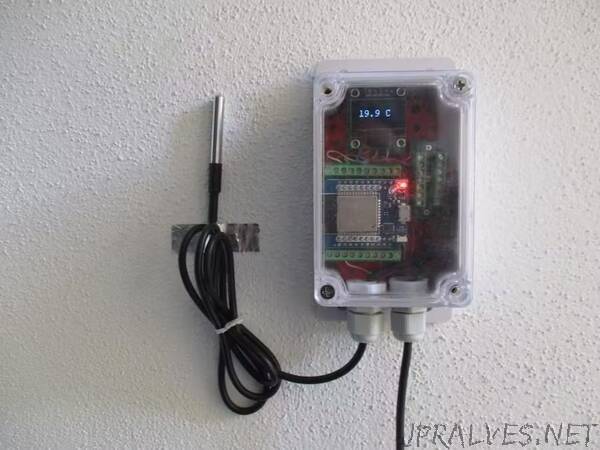
“Software no-code/low-code platforms made it possible to create applications, writing only a few lines of code, and in some cases, ¡no code at all!. This reduces development effort and deployment time.
This project combines two ideas: no-code/low-code software platform and a quick, robust prototyping system that requires no soldering. In this spirit, it is possible to move from an idea, to a materialised device working in a real environment in a few hours.
Quick, robust hardware-software prototyping
The following application will be built as an example: a WiFi thermometer based on ESP32, DS18B20 temperature sensor, and local I2C indicator. All this enclosed in a waterproof, wall-mountable box and powered by 5V. This will be accomplished using the following projects:
- HARDWARE: Quick, Open Source, robust prototyping system: MISISTEMITA
- SOFTWARE: Tested TASMOTA and also ESPHome.
Discrete parts needed
Component Datasheet
- ESP32 D1 MINI
- OLED 0.96 I2C Display
- DS18B20 waterproof temperature sensor
- 1/4W 1% TH Resistor
- Generic waterproof “Sonoff” enclosure 100x68x50mm
Components needed to build the required misistemita modules
Component Datasheet
- Reverse locking nylon spacer
- M2.6 B-type self-tapping screw
- 3.5mm kf350 screw terminal (2, 3 pins) for PCB
- 2.54mm female header connector “
